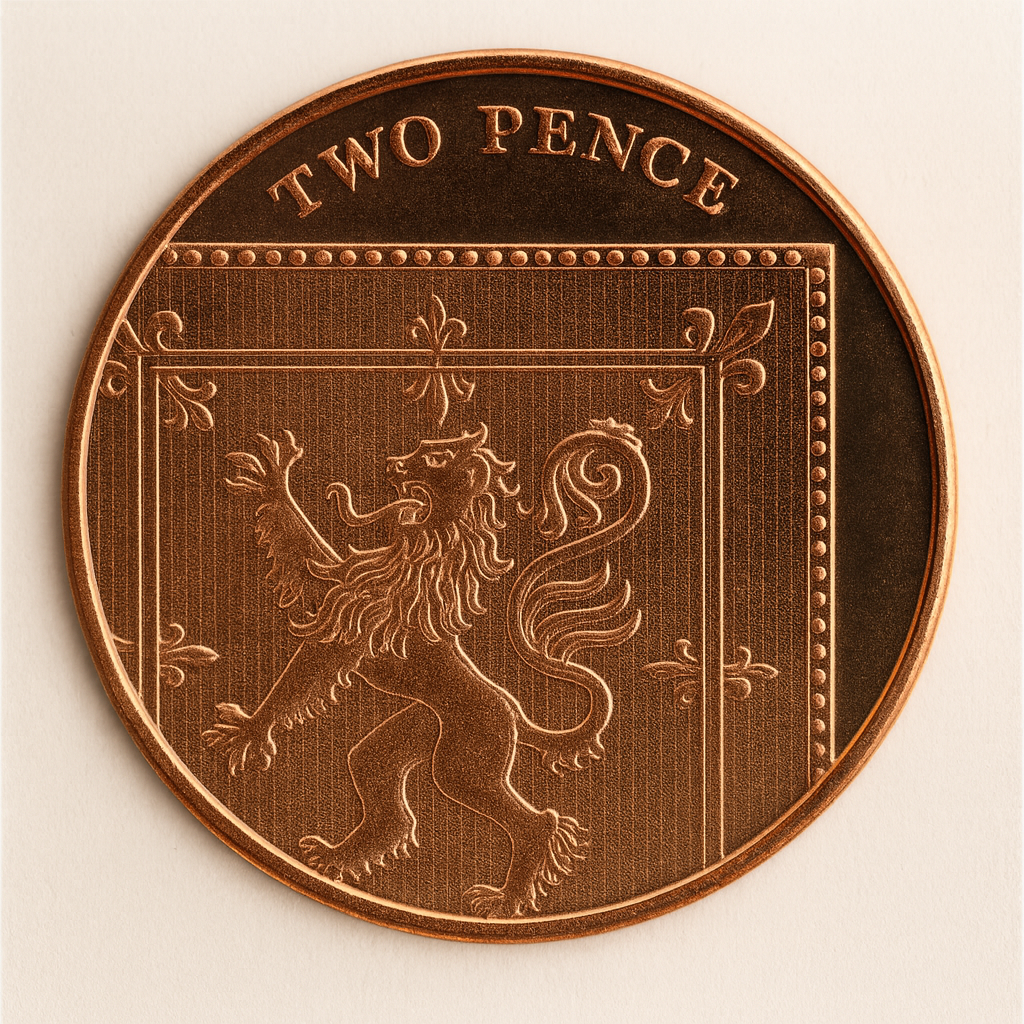
Rachel Reeves and the 2p Trap
The chancellor’s proposed income tax shuffle is clever accountancy but toxic politics — a pledge-break disguised as fiscal discipline, and proof that Labour has trapped itself in rules it cannot escape.
The rest of the blog

The chancellor’s proposed income tax shuffle is clever accountancy but toxic politics — a pledge-break disguised as fiscal discipline, and proof that Labour has trapped itself in rules it cannot escape.
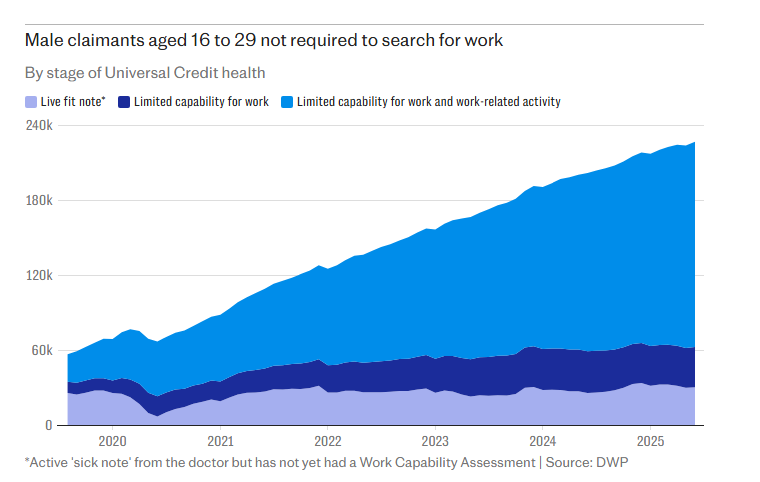
More than 200,000 young men aren’t “signed off for life”—they are the reserve army of labour, conscripted into the Telegraph’s morality tale to prepare the ground for austerity.

David Frost calls it a new “Red Terror.” The truth is plainer: it’s the Right’s wars, coups and crackdowns that have spilt the deepest blood in politics.
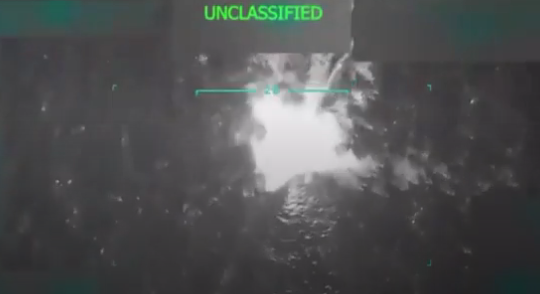
Trump’s latest “kinetic strike” killed three unknown Venezuelans he labelled “narco-terrorists.” The phrase is not law but incantation, a word that strips away humanity and legitimises killing. From Vietnam body counts to Obama’s “signature strikes,” America has always named its enemies into existence, and into death.
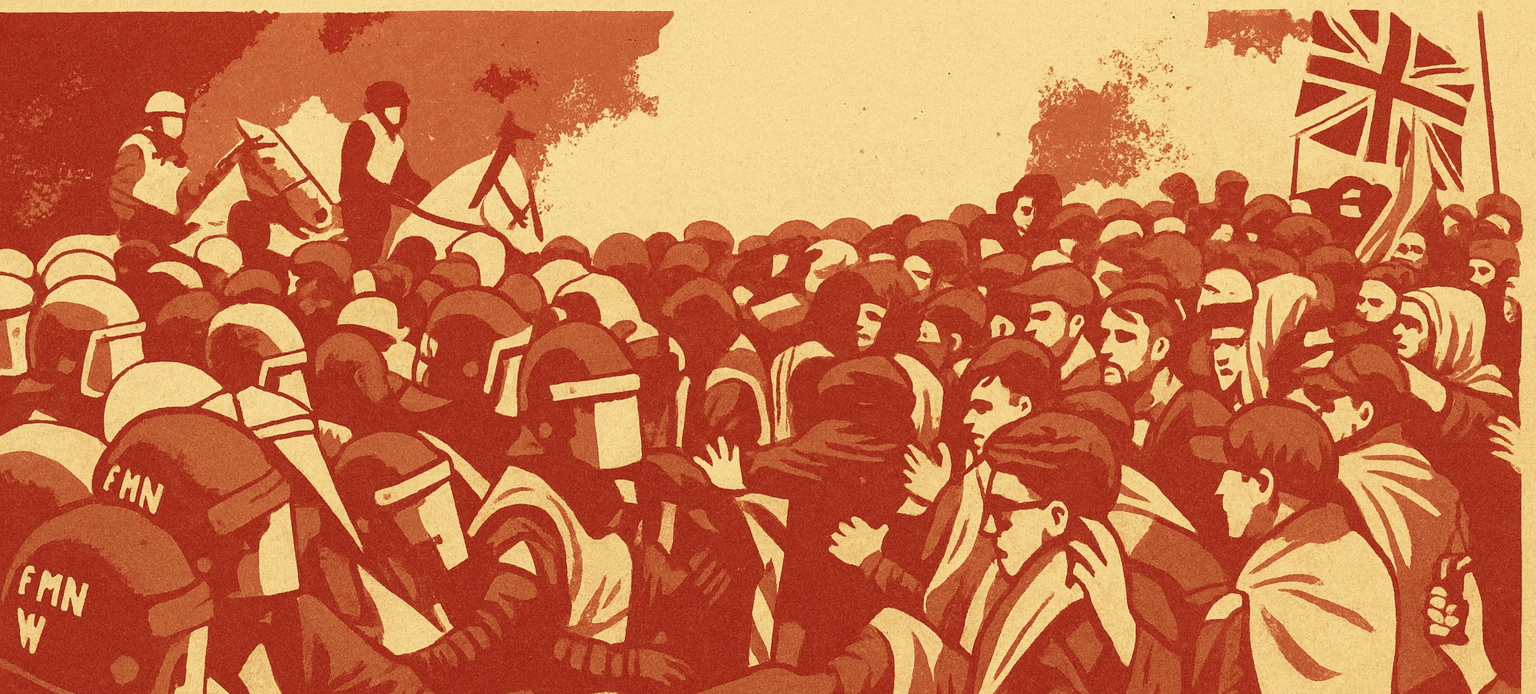
To call Robinson’s rally “populist” or “right-wing” is to miss the point. Fascism doesn’t require every marcher to be a coherent ideologue; it requires a mass, a scapegoat, and leaders prepared to turn grievance into violence. That is what we saw in London.

The events of Saturday (13/09) prove that Britain can go fascist. Musk calls for violence, the Telegraph and Times launder his words, and Starmer clings to the flag. We must name the danger or watch it grow.
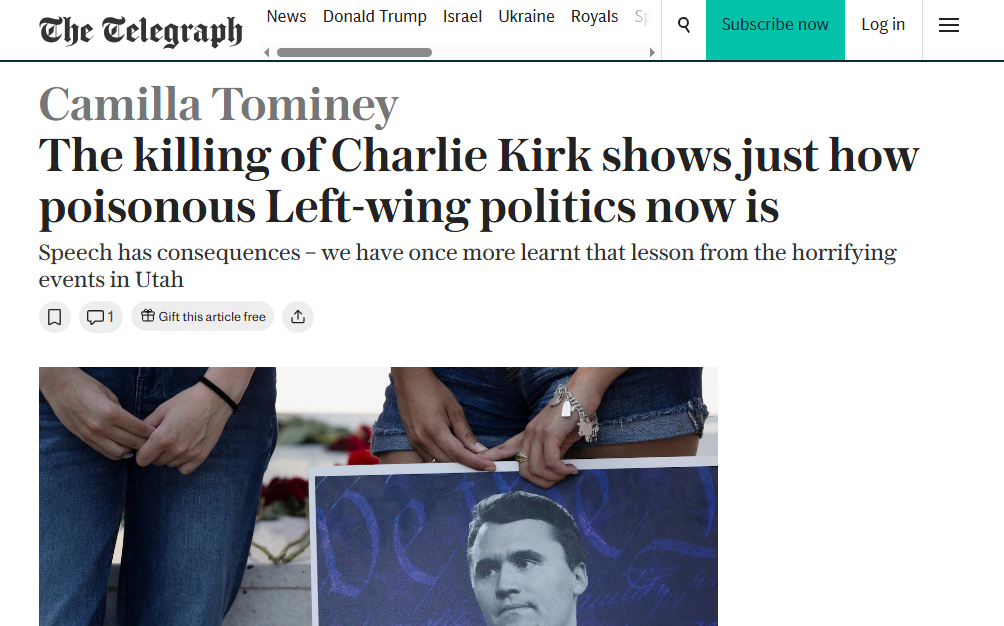
Camilla Tominey’s sainthood act for Charlie Kirk trades politics for piety. The Right already owns the machinery (press, finance, courts, police) and Kirk was part of the drive shaft. A death certificate doesn’t wash clean a career built on making violence respectable.
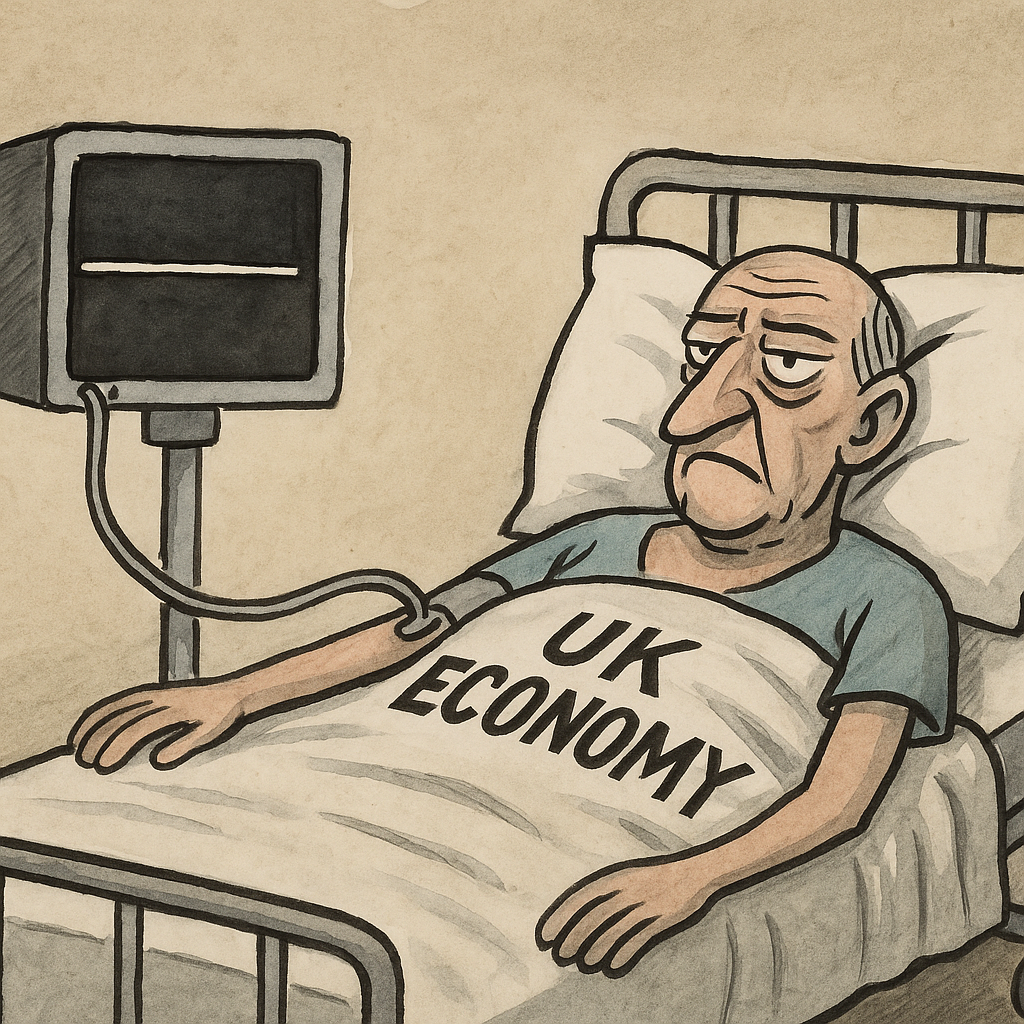
The ONS reports zero growth in July. The papers call it “grim news” for Rachel Reeves. In reality, it is the latest entry in a long obituary for British capitalism — a system now sustained only by euphemism, stagnation, and decline.
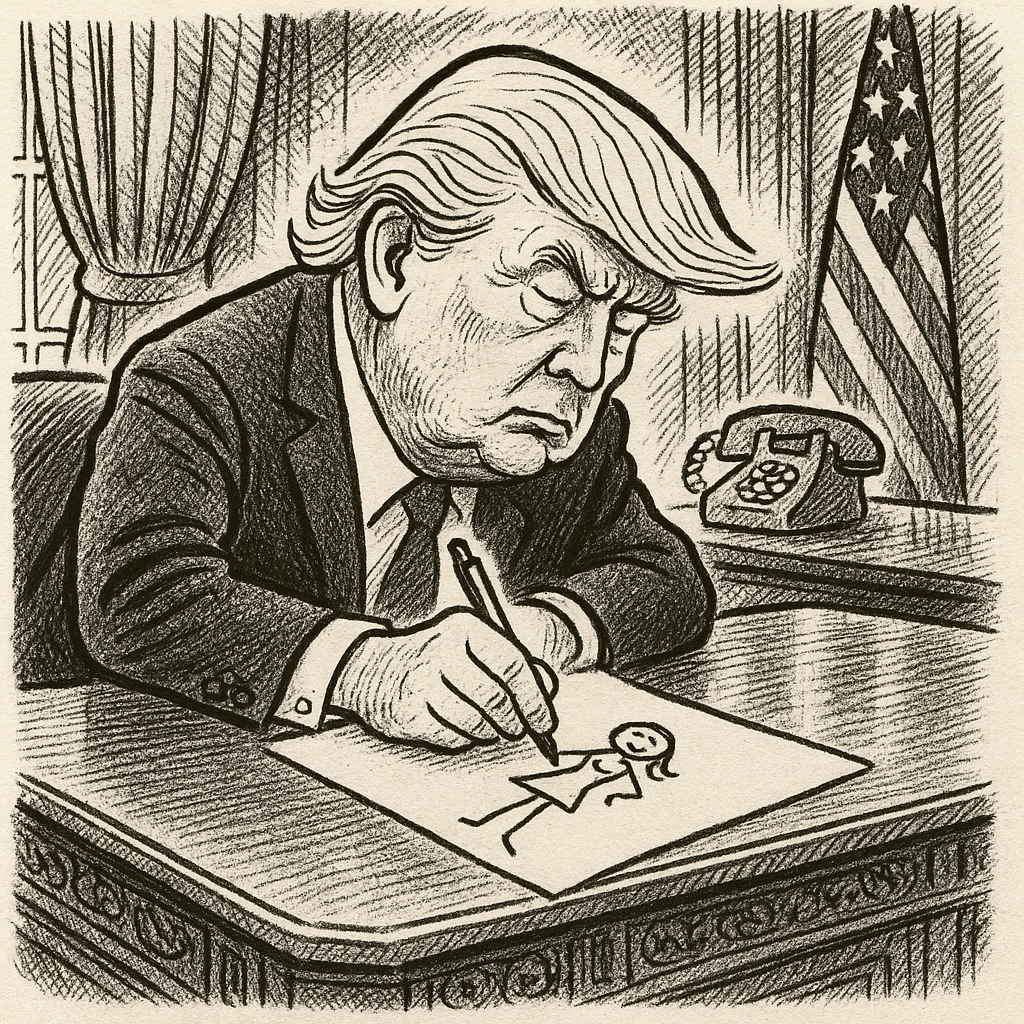
The President has weaponised billion-dollar lawsuits to silence reporting, chill satire, and punish dissent. After ABC and CBS paid out millions, The Late Show with Stephen Colbert was cancelled days after mocking a Trump settlement. Now he’s suing Murdoch and the Wall Street Journal over a sketch linked to Epstein. This isn’t about truth. It’s about fear, and who’s allowed to speak.
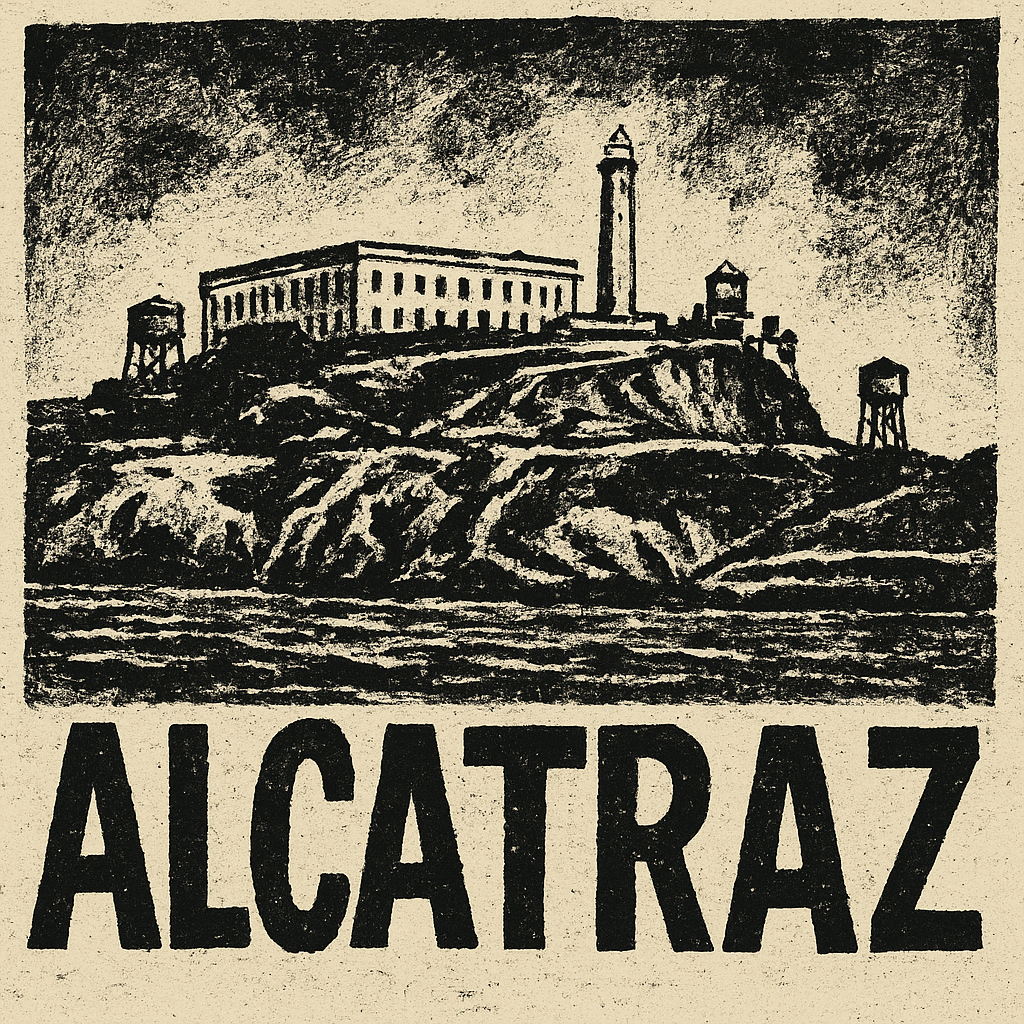
Trump isn’t reopening Alcatraz. He’s pointing at the ruins and saying: this is what we’ll do to them. It’s not
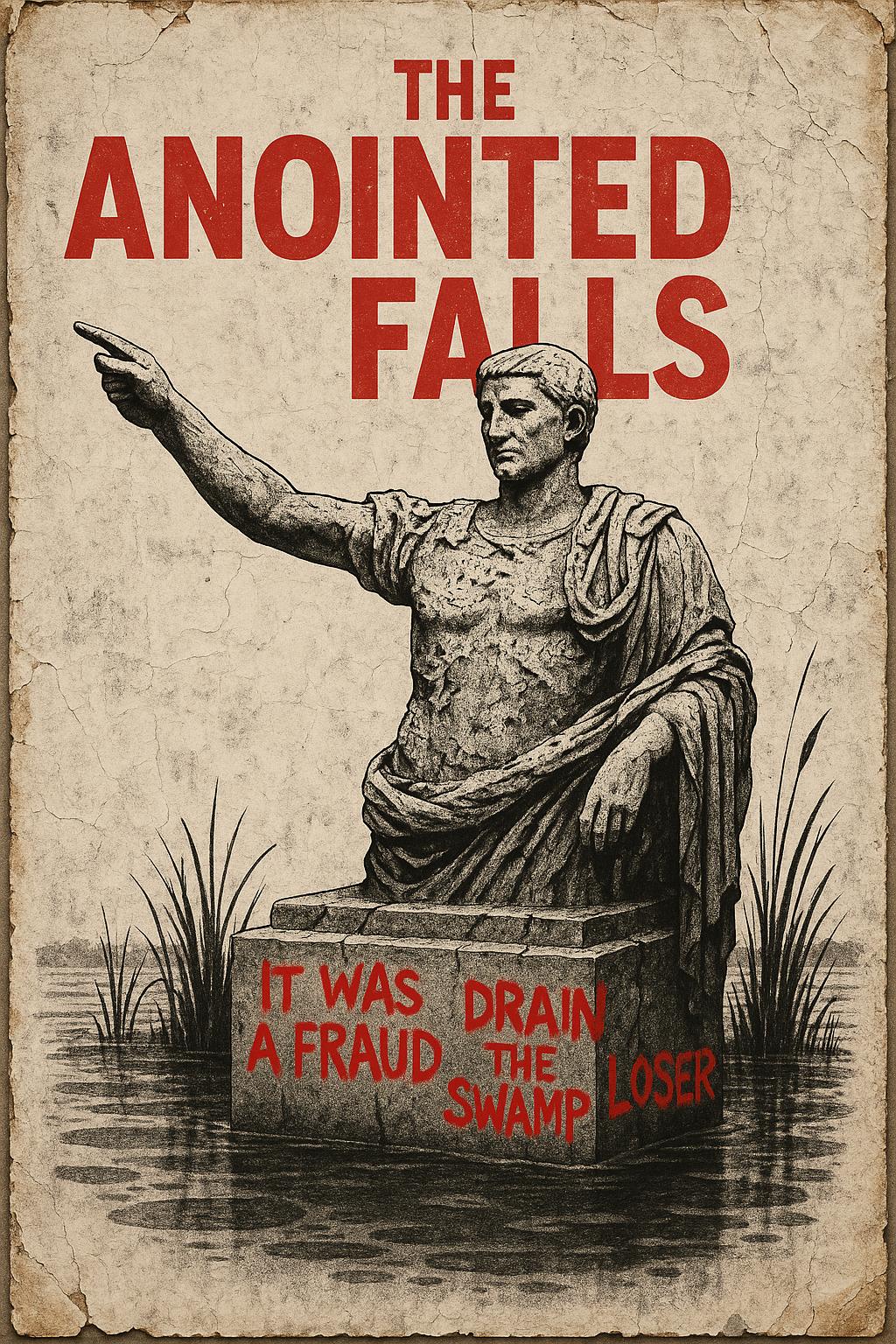
Dugin is no longer prophesying. He’s grieving. What was once a militant theology of MAGA as civilisational rebirth has curdled into lament. Trump, the anointed disruptor, has become just another functionary—an “object,” not a “subject.” The Deep State wasn’t slain, the Epstein files remain sealed, Israel is unchallenged. Dugin’s dream wasn’t defeated in battle. It drowned in compromise.

There was a time when the production line ordered more than goods, it ordered life. Work meant wages, wages meant stability, and stability gave the illusion of progress. That was Fordism. What remains now is the shell of that promise, retrofitted as nationalist fantasy. The factory is gone, but its myth has been repurposed. Not to build, but to blame.

He fed them tales of satanic cabals and deep-state executions, and now expects them to believe the Epstein dossier is boring.

Dugin doesn’t need Trump to lead anymore. He just needs him to stall. The real project now is building a soft-theocratic death cult that prays for collapse but never acts. Spectators waiting for revelation, not revolution. Fifty days to Armageddon. Maybe. Maybe not. That’s the point.

The bullet missed, but the image hit. And it’s the image that rules now. Trump, mid-stumble, hand to ear, flanked by agents in suits. It has already been cropped, filtered, multiplied. Not just a moment, but a message: the strongman under fire, the martyr made live. The spectacle doesn’t distract from the violence; it packages it. Sells it. Projects it across TVs, phones, and tablets until belief hardens into doctrine. This is what power looks like in the age of algorithmic memory: not stability, but survival on camera.
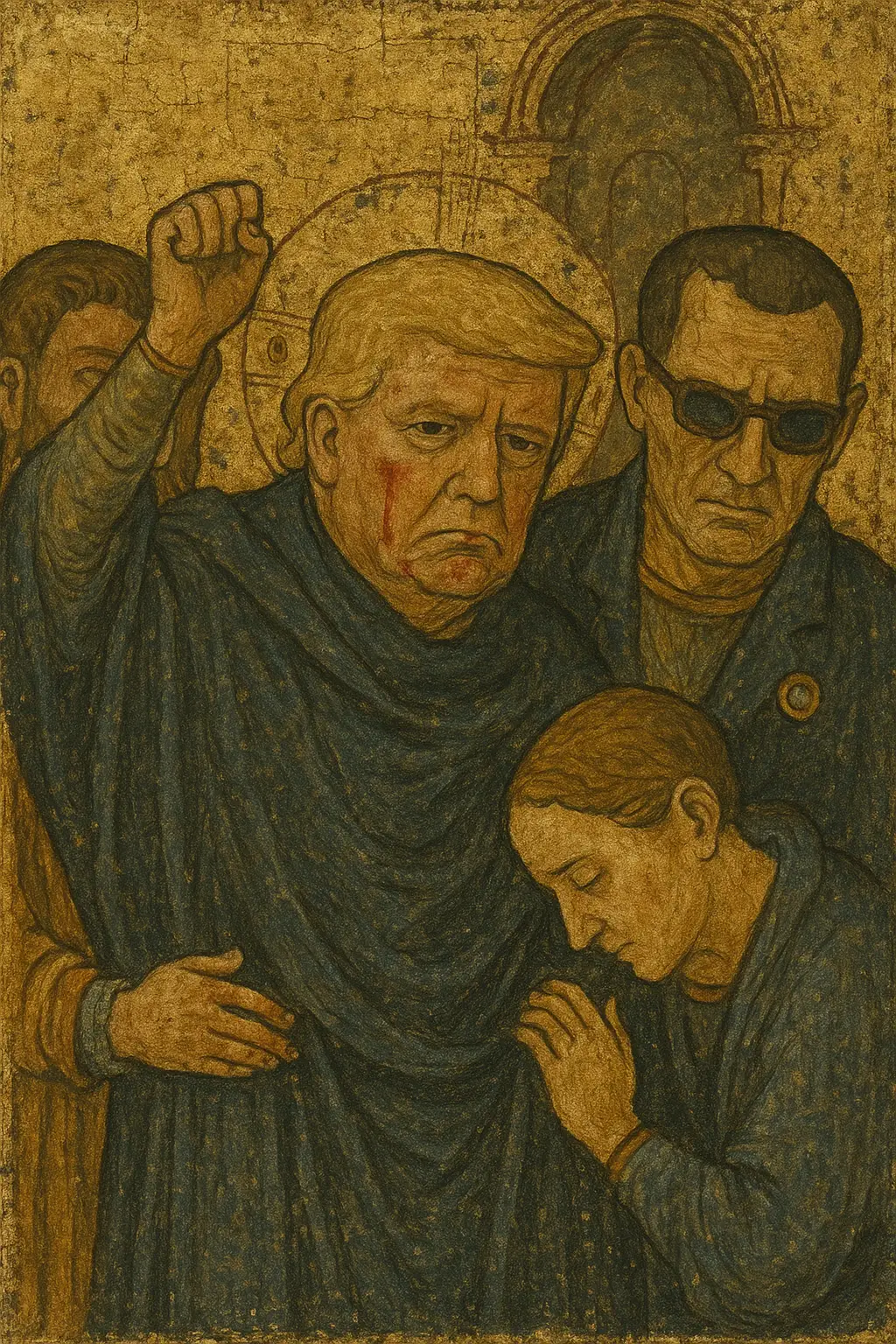
Butler isn’t really about politics. It’s about belief. The bullet didn’t just graze him; it made him sacred. The messy contradictions of 2016 are gone. What’s left is atmosphere, myth, and the story of a man who bled on stage and got up again. The faithful took it as a sign. This isn’t reporting. It’s scripture. A gospel for a leader who survives everything, and so, must rule.

Trump promised to protect the safety net. Instead, he signed a law that slashes Medicaid, imposes work requirements, and purges the rolls by design. His supporters still cheer, not because the cuts help them, but because the performance does. The cap says “Make America Great Again.” The policy says: you’re on your own.

Trump hasn’t changed, he’s doing what strongmen do: cutting deals, starting wars, appeasing generals. It’s Dugin who’s panicking. The fantasy’s collapsing, so he calls it a globalist takeover. The world isn’t ending. Just his script.